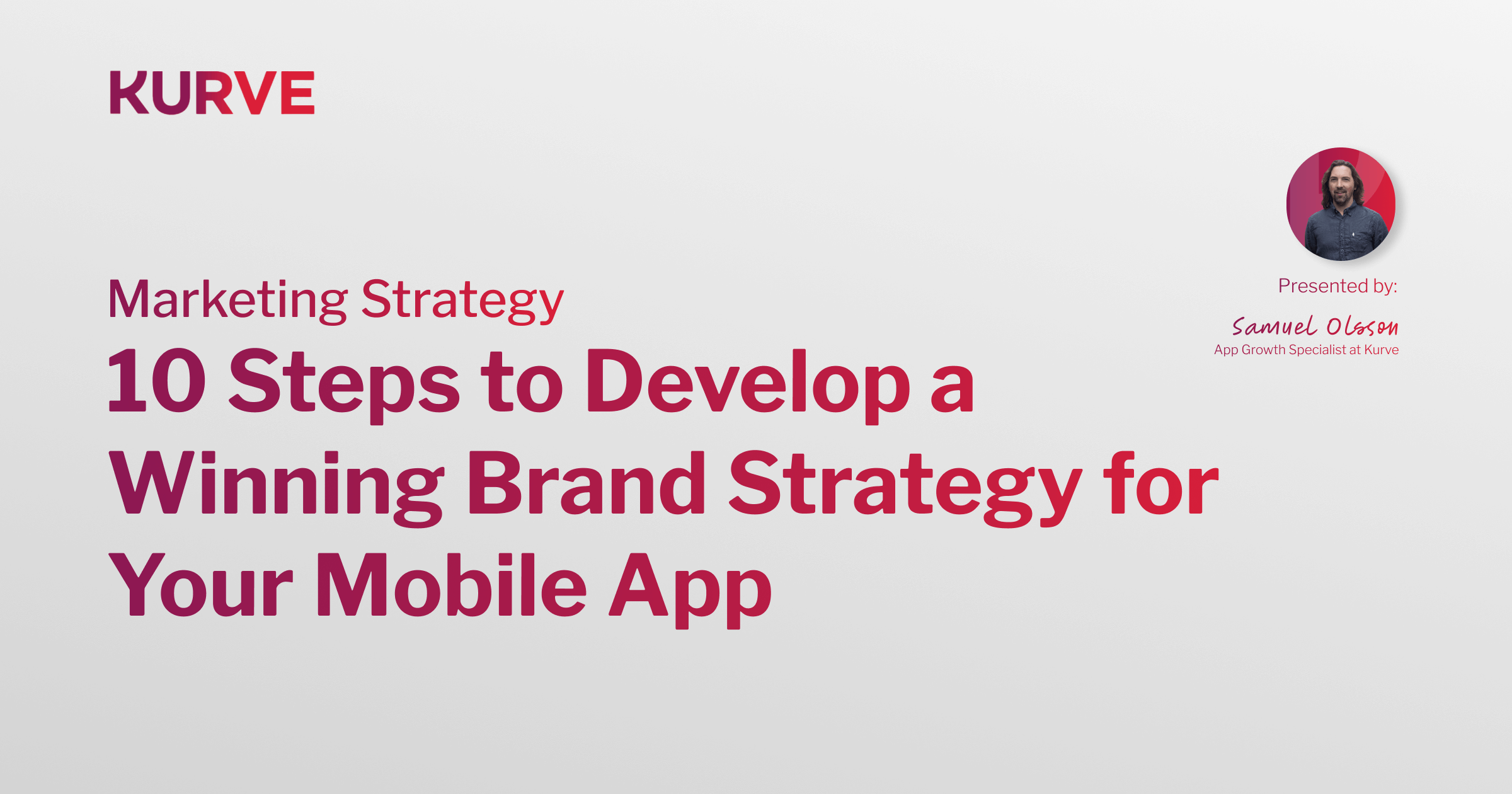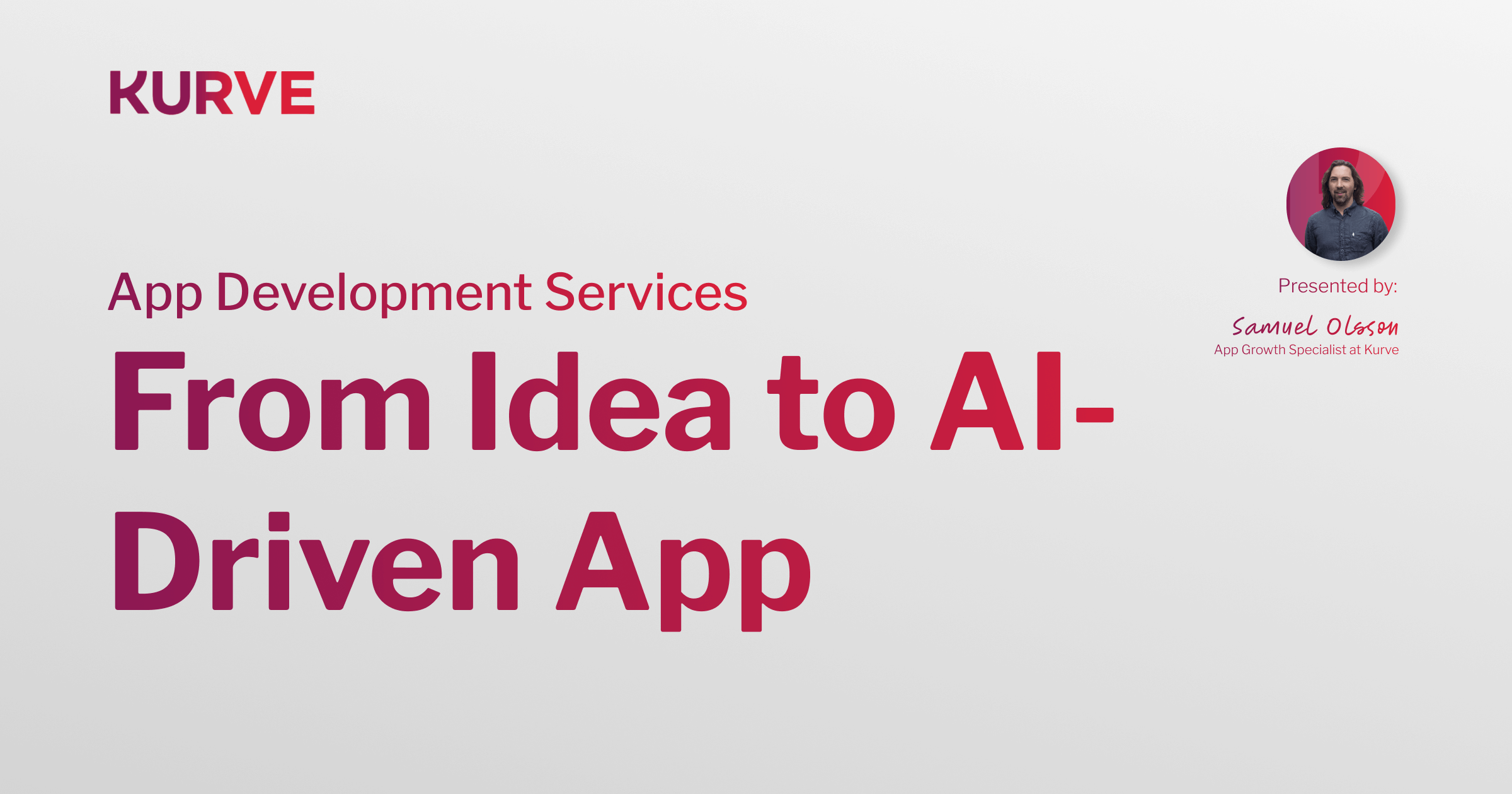What is a paid search strategy?
Paid search increases revenue, drives traffic, and boosts brand awareness. It accounts for roughly 41% of the clicks on a search results page and even helps pave the way for SEO with quick results.
And while there aren’t any hard-and-fast paid search strategies, the most successful campaigns tend to share some version of a three-phased, Planning, Execution, and Optimisation approach.
In this article, we’re going to start with a closer look at paid search itself to understand its merits, and then go into the details of building a successful strategy.
Search ads can increase brand awareness by 80%. (Google)
What is paid search?
Paid search is a form of online advertising where businesses pay to have their website displayed in prominent locations on search engine results pages. These ads appear as text-based links next to or above organic search results, and are clearly labelled as advertisements. Contrary to popular belief, it doesn’t actually cost anything to place the ad - instead, businesses get charged when users engage with (i.e. click) the ad.
Paid search is also known as pay-per-click (PPC), and can be incredibly effective, despite some marketers believing that customers ignore or avoid ads. The key to that effectiveness is relevance, with 63% of people said they'd still click on a Google ad if it were relevant to their search.
If you’re interested, we’ve also written about the differences between paid search and SEO.
Advantages of paid search
Competitive pricing models
Search engines like Google operate under a bidding format, allowing the market to dictate the price of ads. For example, if a business sets its maximum bid for a keyword at £5 and the highest competing bid is only £3, it'll only pay £3.01 for the placement and click.
Immediate results and metrics
Unlike other marketing channels, PPC can produce measurable results almost immediately. Google’s Ads suite makes the campaigns easy to monitor, with performance reports and projections for each ad.
High-intent audiences
The highly-targeted nature of paid search allows businesses to target customers with shorter conversion times. By undertaking extensive research and mapping the customer journey, companies can match paid ads to search intent and keywords, thereby increasing click-through rates.
PPC visitors are 50% more likely to purchase something than organic visitors. (Unbounce)
Disadvantages of paid search
Maintenance and optimisation
Campaigns need careful planning and execution to be successful and, unlike SEO, they need ongoing optimisation and maintenance.
Ongoing costs
As mentioned earlier, businesses pay every time someone clicks on their ads. This means PPC can become pretty expensive if those clicks fail to convert visitors into customers. This makes working with a professional almost imperative to optimise and tweak campaigns and reduce costly mistakes.
Learning curve
There's a considerable amount of information to learn pretty quickly with Google Ads – from negative keywords and bids to CTR and ad groups, and more.
What is a paid search strategy: The core elements
While each business and business plan may be unique, the core process and components to a successful PPC campaign are roughly the same:
Phase 1: Planning
This phase centres on identifying the target audience, desired outcomes, budget, and KPIs, while developing a clear understanding of the market competition.
Research
Research starts with keyword research, the customer journey, and an analysis of the competitive landscape. To use the very tired analogy of the journey, this part is all about figuring out where you are now, and can therefore not be skipped.
PPC experts will use a number of research tools to identify keywords and look at competitors. We recommend creating a database, using a simple spreadsheet, to keep track of the findings and to come back to later, if need be.
Goals
This might seem obvious, but the PPC strategy should always align with - and further - the overall business and marketing strategies. This means that the goals of a PPC campaign need to be directly tied to one of those strategic objectives. If the strategic objective were to increase awareness, for example, we might want to see a top-of-the-funnel PPC plan with remarketing and display ads, along with the associated KPIs.
Budget
Which then leads us to budget. Businesses first need to differentiate between their ad spend and fees, if they’re working with an expert PPC agency or consultant, and will need to budget for both.
When it comes to ad spend specifically, performance and budget often go hand-in-hand. While it will be the PPC expert’s job to lower the cost per acquisition (CAC) as much as possible, businesses will need to determine its budget to reflect the campaign’s profitability or other goals. The budget will then be divided among the different campaigns.
Phase 2: Execution
This phase focuses on building the accounts, creating compelling copy, and optimising landing pages to ensure greater PPC success.
Account structure
The basic account structure includes the campaigns, ad groups, keywords, and ad copy. The number of campaigns will depend on various factors, such as the different services or products, locations, types of paid search, and so on.
The most important factors to consider when structuring an account are each campaign’s objectives and variables (e.g. location, keywords, specific landing pages, etc.), as a well-structured account will provide better quality scores and reporting, and will make budgeting much clearer.
Ad copy
The quality scores mentioned just above have a direct impact on whether or not an ad even shows up. It’s basically a diagnostic tool Google uses to compare an ad’s quality to other advertisers.
The first way to ensure or improve this quality score is to make sure the ad copy includes the keyword but is also relevant to that keyword. Experienced ad copy writers will also make sure the copy is compelling and optimised - a balancing act that can get quite technical, given the limited number of characters.
And it’s worth pointing out that search engines have strict policies around ad copy, where ads found breaking the rules are often removed, and even accounts closed, in severe cases.
Landing pages
This is the next factor in ensuring or improving quality score, as landing page content needs to reflect the message in the ad copy and be relevant to the searcher’s intent. Optimising the content on these pages to make them correlate can increase conversions by up to 39%.
If ads lead searchers to a generic page, these searchers are more likely to "bounce", meaning they’ll click on the ad and then back out. These bounce rates have a direct impact on Google's quality score, and similar ads will have a much lower chance of appearing in searches.
Depending on the campaign, we often recommend building campaign-specific landing pages to maximise quality score and chances of conversion.
Phase 3: Optimisation
This is an ongoing phase that uses overall and individual campaign performance data to dictate adjustments for better performance.
Negative keyword list
Negative keywords are basically the keywords a business does not want to rank for. And because we’re talking paid search, this means keywords that won’t show up in irrelevant searches, which might increase bounce rates and drive down quality score.
Instead, a negative keyword list can help improve the efficiency of a campaign, drive more traffic to the website, and increase conversions.
Among the many ways a paid search expert would build a negative keyword list is to run a Search Query Performance report to see which queries triggered ads. Any irrelevant terms in that report would be considered a negative keyword.
A/B testing
Testing is a crucial part of optimisation, and A/B testing simply refers to running two variations of the same ad to see which one performs better.
The most important element of A/B testing is knowing which variable you’re testing, as there can be so many of them - ad copy, landing page design, CTAs, etc.
Before running A/B tests, we recommend following a methodical approach of defining success metrics, defining the hypothesis, developing and prioritising the test ideas, and defining the test sample size.
Measuring
Measurement and reporting are just as important to a paid search strategy as to the rest of marketing. These reports should address the PPC strategy goals, and Google Ads provides plenty of helpful information, such as:
-
Auction and costing insights
-
Search terms and placement reports
-
Campaign performance
-
Ad performance
Going back to the journey analogy, this is the map part, allowing us to see and evaluate where we are relative to where we want to go and to make quick, strategic adjustments as we go.
Unlocking the potential of a paid search strategy
Yes, it’s true that there are no set paid search strategies because there are no set businesses or business goals. More to the point, though, is that there are no set paid search strategies because businesses’ markets are always changing, as are their audience’s interests. And the point here is to remember that paid search, no matter the strategy, is really about connecting businesses with the people they want to interact with.
With that in mind, planning a PPC strategy before executing and optimising the campaigns might seem obvious, but its internal processes provide businesses with the core structure they need to then build their own paid search strategies and successfully connect with their target audience.
Of course, if a business executes on a paid search campaign, they’ll want to see a positive ROI. To do that, paid search needs to be an ongoing and process of optimisation and measurement.
And here comes the plug: if you’re a SaaS entrepreneur or marketer looking for the right marketing strategy for you and your business, we can help. We’re a team of senior consultants and specialists, so get in touch and let’s get the conversation started.


